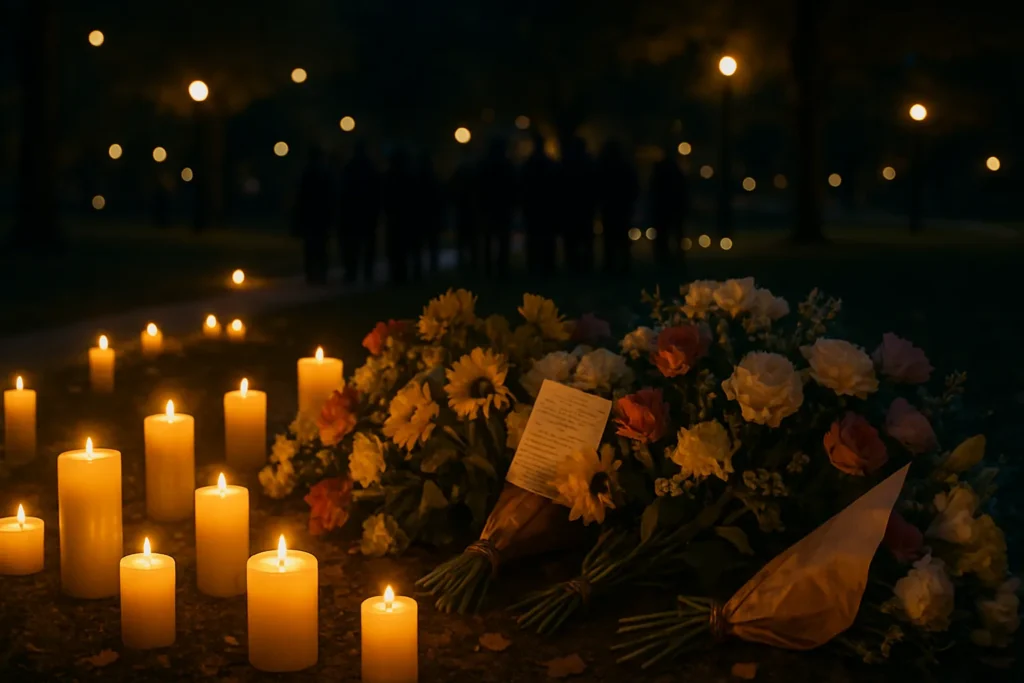The Human Toll of Police Responses to Mental Health Crises
Win Rozario dialed 911 in March 2024 seeking help—a desperate act of self-preservation by a young man struggling in the depths of a mental health crisis. Within minutes of police arrival, his call for aid devolved into tragedy. Officers fired multiple times, fatally wounding the 19-year-old in his own Queens home, in full view of his family.
The incident, captured on body-worn camera and later released by New York Attorney General Letitia James’ office, starkly illuminates the failures of New York City’s approach to mental health emergencies. Rather than delivering supportive intervention, two NYPD officers—Salvatore Alongi and Matthew Cianfrocco—responded to Rozario’s distress with lethal force, despite the teenager’s only weapon being kitchen scissors and his clear, documented mental illness.
His family’s wrongful death lawsuit, now filed against both the city and the officers, is shining a harsh spotlight on the persistent inability—or unwillingness—of many police to faithfully carry out crisis intervention training. Policies designed to deescalate volatile situations often seem forgotten in the charged moments that matter most. As Rozario’s mother and brother watched helplessly, their call for assistance transformed, in their words, into irreparable loss and trauma.
Protocols Ignored, Promises Broken: What the Lawsuit Reveals
Following a familiar pattern in NYPD responses to vulnerable community members, the Rozario family’s suit alleges a cascade of systemic failures. According to their legal team at Beldock, Levine & Hoffman LLP, officers Cianfrocco and Alongi not only disregarded standard crisis protocols but also violated Win Rozario’s civil and human rights.
The body camera footage tells much of the story: officers, not more than two minutes on scene, drawing weapons and escalating rather than calming tensions. Despite both officers having received crisis intervention training—a safeguard touted by city officials since the fatal police shooting of Deborah Danner in 2016—Rozario received no such benefit. Instead, according to the suit, officers moved quickly to a “deadly confrontation without justification.” Harvard Law Professor Paul Butler notes, “Quick escalation is virtually always the wrong response to mental health emergencies, turning what could be a behavioral health issue into a fatal encounter.”
Body-worn camera evidence has become a double-edged sword: offering some measure of transparency while simultaneously revealing again and again the breakdowns and shortcuts that cost lives. The Rozario family’s suit details not only the shooting but their own treatment afterward—denied accompaniment to the hospital, locked out of their home for more than two days, and blocked from retrieving medications or even caring for their pet. Ten additional unnamed officers are included in the suit, suggesting a wider net of responsibility and a concerning lack of individual accountability.
“What kind of help is it when a family calls 911 and ends up planning a funeral? This isn’t public safety—it’s a public failure.”
— Utsho Rozario, brother of Win Rozario
The Broader Fight for Reform and Accountability
These events in Queens echo a grim national refrain. Across the country, families are forced to mourn loved ones whose pleas for support yield bullets, not solace. The NYPD, the nation’s largest police force, has faced scrutiny over such episodes for years; a 2022 report from the New York City Comptroller underscored that nearly half of police-involved shootings in the city since 2015 occurred during responses to mental health crises.
Diversion from policing to community-led, health-driven intervention is not a radical demand. Cities like Eugene, Oregon, with initiatives like CAHOOTS, demonstrate that behavioral health teams—not armed officers—best resolve such crises. The Rozario family, joined by activists and mental health advocates, are calling on New York to invest less in “warrior policing” and more in empathetic, trauma-informed responses. The continued employment and recent departmental transfers of officers Alongi and Cianfrocco paint a bleak picture of what passes for discipline at the NYPD—a force where desk duty often stands in for actual accountability.
Yet change seems possible when tragedy is met by activism, legal action, and relentless public scrutiny. According to a recent Pew Research Center study, 86% of Americans support trained, unarmed professionals being the primary responders to mental health emergencies. Elected officials, including Mayor Eric Adams, face mounting pressure to deliver more than platitudes. True justice demands not just answers, but action—policy, investment, and a culture shift that puts life and dignity above fear and force.
Consider the haunting words spoken by Win’s mother as protestors gathered outside the Queens precinct: “I called for help. I believed the system would help my son. Instead, I lost him.” Her anguish is echoed by countless other families, tragically united by the same question: When will we finally build a system that protects our most vulnerable instead of criminalizing—and killing—them?

